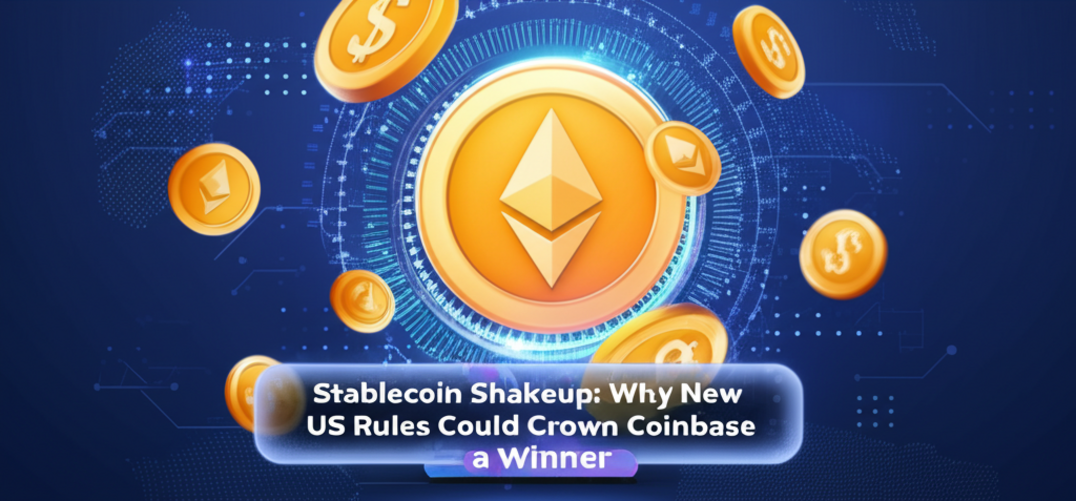Stablecoin Shakeup: Why New US Rules Could Crown Coinbase a Winner

Forthcoming stablecoin regulation in the United States is set to significantly alter the market, potentially favoring established players already prioritizing compliance.
Recent analysis suggests that the proposed STABLE Act could particularly benefit companies like Coinbase, PayPal, and Visa, positioning them as key players in the evolving digital asset landscape.
The STABLE Act, which advanced through the U.S. House Financial Services Committee on April 2, aims to create a comprehensive framework for stablecoins. Its objectives include safeguarding users, promoting issuer transparency, and reinforcing the U.S. dollar’s position in the digital economy.
Key provisions within the act mandate that stablecoins be fully backed by cash reserves or U.S. Treasuries. Furthermore, it prohibits issuers from paying interest to holders and requires them to operate as licensed banks, approved state trusts, or entities supervised by the Office of the Comptroller of the Currency.
Coinbase, Visa, and PayPal Poised for Growth
These stringent requirements indicate that entities prepared for regulatory scrutiny stand to gain considerable advantages if the STABLE Act becomes law. Coinbase, heavily involved in distributing Circle’s USDC stablecoin, appears particularly well-positioned.
USDC’s structure already aligns closely with the anticipated U.S. regulatory demands. Circle’s commitment to transparency, demonstrated by meeting the EU’s robust MiCA standards, further strengthens its standing and explains its dominance in Euro-backed stablecoins.
PayPal is another firm highlighted as a potential beneficiary. Although its PYUSD stablecoin, launched via Paxos, holds a relatively small market share (around 0.38%), the STABLE Act could pave the way for PayPal to integrate PYUSD more deeply within its vast payment ecosystem.
Payment processing giants Visa and Mastercard are also expected to benefit. Both are actively exploring stablecoin applications, with Visa having previously piloted USDC for settlement processes on the Solana blockchain. Future integration into their core payment services seems increasingly plausible.
Interestingly, some newer stablecoins, like USD1, were noted as less likely to thrive under this regulatory shift, primarily due to lacking the extensive ecosystems supporting players like Coinbase or PayPal, despite potentially meeting the technical criteria.
